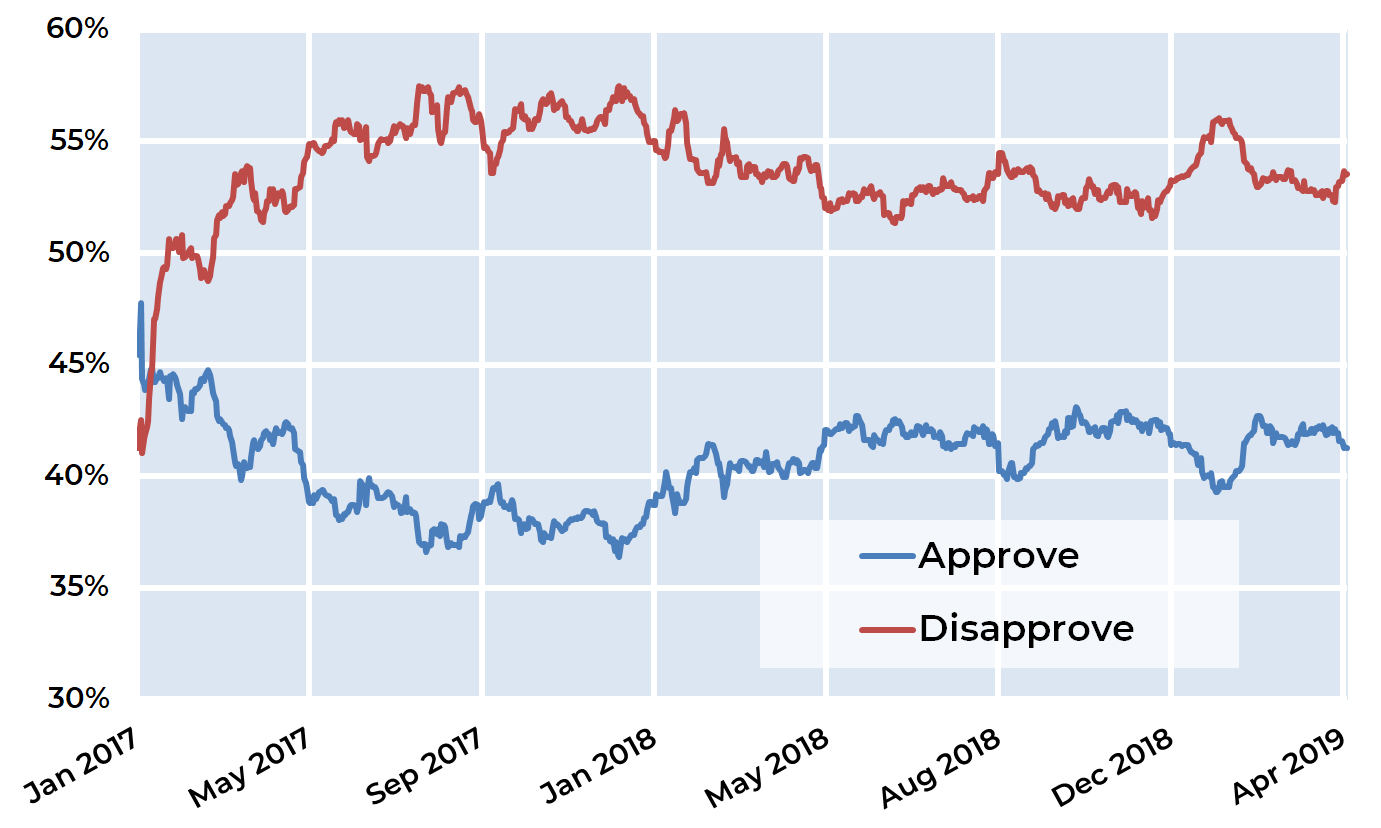The Mueller report has triggered calls in the US to impeach Republican President Donald Trump for attempts to obstruct justice, including ordering officials to lie for him. The leader of Congress’s Democrats, Nancy Pelosi, is resisting the impeachment course. To see why she’s right, it’s worth considering the most wrenching Australian political event since World War II: the dismissal of the Whitlam government 44 years ago.
Whitlam was removed in 1975 by Governor-General John Kerr, who was convinced Whitlam could not pass supply bills and keep the government running. Whitlam accepted the sacking in part, as he later told me, because he thought he could win an election. He turned out to be wrong.
That dismissal caused violence in the streets on the day and clouded Australian politics for years. One of this nation’s charms is that we are generally somewhat resistant to political hyperbole of all sorts. But as a student in the 1980s I ran into a number of people who called the event “a coup”. Its cloud hung dark over Australian political debate for years.
There would have been far more strife had the dismissal not been immediately followed by an election. The voters immediately validated Kerr’s decision; in doing so, they gave Whitlam’s replacement at least some degree of legitimacy.
The rusted-on
Trump’s removal could be even more unpleasant for the US polity. Without further evidence of misdeeds, Trump’s rusted-on band of supporters would remain loyal to him and their hostility to his removal would be fierce. You’d think the country could survive it, but it might be a near thing.
Two US presidents have been impeached – Andrew Johnson in 1868, Bill Clinton in 1999 – and the Senate in both cases declined to convict. It would almost certainly have convicted Nixon, who had lost even his own party’s confidence; seeing the numbers, he resigned in August 1974 before they could boot him.
The leader of the Democrats in the US House of Representatives, Nancy Pelosi, can see very different numbers today. The current Senate would not convict Trump even if the House impeached him.
Just not worth it
And Pelosi is also wary of the damage that impeachment would do to the US. She told an interviewer in March: “Impeachment is so divisive to the country that unless there’s something so compelling and overwhelming and bipartisan, I don’t think we should go down that path, because it divides the country. And he’s just not worth it.”
Pelosi wants Democrats, Mueller report in hand, to keep investigating Trump. But she thinks he should be removed not through impeachment, by a disapproving Congress, but at the November 2020 election, by disapproving voters.
President Donald Trump: disapproval and approval.
Weighted average of all polls daily since inauguration
Source: Fivethirtyeight.com

There are, as it happens, a great many disapproving voters. At a time of continued US economic growth and a general lack of crises, Trump remains a minority taste. His disapproval rating has been reliably 10 points above his approval rating and has moved within a very narrow band.
Trump could still defy the polls and win a second term. But Pelosi, more clear-eyed than many around her, sees that the ballot box remains essential to preserving national cohesion. Just as it was in Australia 44 years ago.







